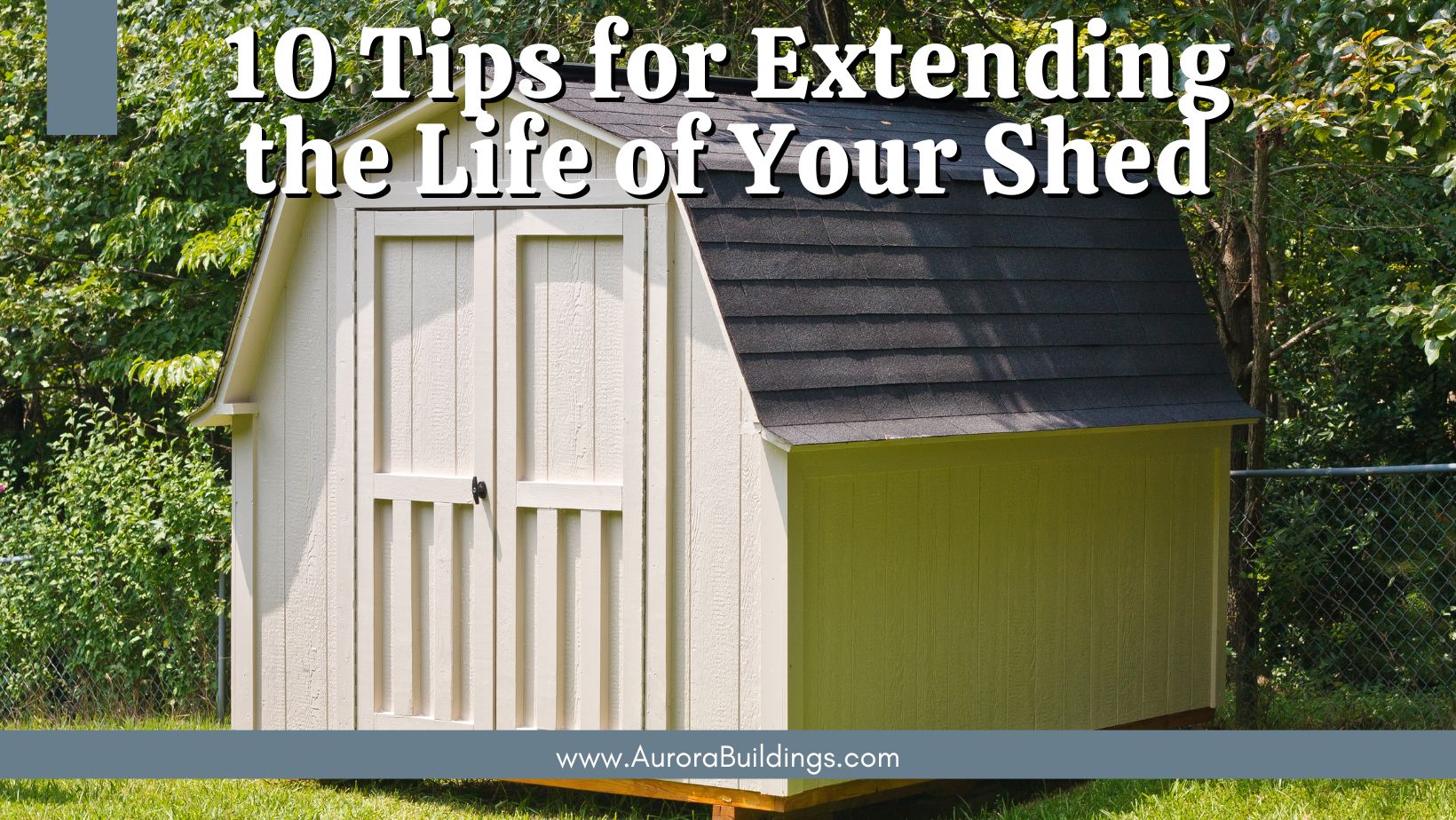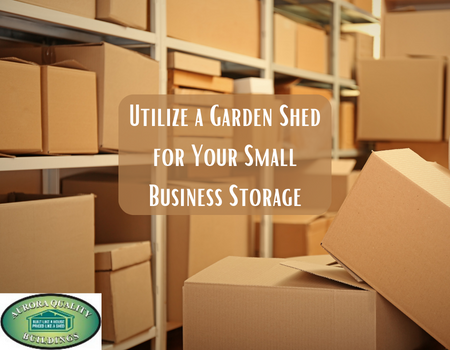10 Tips for Extending the Life of Your Shed
Copy Link

10 Tips for Extending the Life of Your Shed – Your shed is an important investment that provides valuable storage space for your belongings. Whether you use it as a workshop, outdoor equipment, or gardening tool, you want it to remain useful for as long as possible. You can increase your shed’s lifespan and make sure it stays in good shape for many years by giving it the right care and upkeep.
In this article, we will share 10 tips to help you preserve the longevity of your shed.
10 Tips for Extending the Life of Your Shed
1. Regularly Inspect and Clean Your Shed
Regular inspection and cleaning are crucial to maintaining the condition of your shed. What you can do is:
- Examine the property for evidence of deterioration, such as loose boards, rot, or cracks.
To stop future degradation, replace or repair damaged parts right away.
- Clean the Exterior: Dust, clutter, and cobwebs should all be removed from the sheds outside. Scrub away any serious stains with a gentle detergent and a soft brush. Rinse it out with water, then let it thoroughly dry.
- Clean the Interior: Remove clutter and organize your belongings inside the shed. Dust the shelves and sweep the floor regularly to keep it clean and tidy.
2. Apply a Protective Finish
Applying a protective finish to your shed can significantly extend its lifespan. Consider these:
- Paint: Choose a high-quality exterior paint specifically made for outdoor use. Every few years, apply a fresh coat of paint. This will preserve the wood from UV rays and moisture.
- Stain: If you prefer a natural look, consider using a wood stain. Stains penetrate the wood and provide protection against water, sunlight, and mildew.
- Waterproofing Sealant: Applying a waterproofing sealant can help in avoiding decay and water damage. Make sure the sealer is appropriate for the sort of wood that was used to build your shed.
3. Ensure Proper Drainage
Proper drainage is essential for preventing water buildup around your shed, which can lead to structural damage. Follow these tips:
- Clear Gutters and Downspouts: Regularly clean and maintain the gutters and downspouts around your shed. This will prevent water from overflowing and seeping into the foundation.
- Grade the Ground: Ensure that the ground around your shed is properly graded to slope away from the building. This will help redirect water away from the foundation.
- Install a French Drain: If you have persistent drainage issues, consider installing a French drain. A French drain is a trench filled with gravel that helps divert water away from the shed.
4. Protect Against Pests
Pests can wreak havoc on your shed and its contents. Take these steps to keep pests at bay:
- Seal Entry Points: Inspect your shed for any gaps, cracks, or openings that pests could use to enter. Seal them using caulk or weatherstripping.
- Keep the Area Clean: Remove debris, fallen leaves, and vegetation around the shed. These can attract pests and provide hiding places.
- Use Pest Deterrents: Consider using natural pest deterrents such as cedar chips, mothballs, or essential oils. These can help repel insects and rodents.
5. Secure Your Shed
Ensuring the security of your shed not only protects your belongings but also helps prevent potential damage. Here’s what you can do:
- Locks and Alarms: Install sturdy locks on your shed doors and windows. Consider using an alarm system or motion-activated lights for added security.
- Trim Overhanging Branches: Trim any overhanging branches near your shed. This will prevent them from falling during storms and causing damage.
- Secure Tools and Equipment: Use anchor points or locking mechanisms to secure heavy tools and equipment inside your shed. This prevents them from falling and causing injury or damage during strong winds or earthquakes.
6. Maintain the Roof
The roof is one of the most critical components of your shed. Follow these maintenance tips:
- Inspect for Leaks: Regularly check the roof for any signs of leaks or damage. Repair any issues promptly to prevent water damage to the interior.
- Clean Gutters: Keep the gutters in your shed clear of debris to ensure proper water drainage from the roof.
- Replace Damaged Shingles: To preserve a waterproof seal on your shingle roof, fix any broken or missing shingles as soon as possible.
7. Ventilate Your Shed
Moisture buildup within your shed can cause mold and mildew. Proper ventilation is vital to prevent it. Think about:
- Install Vents: If your shed doesn’t have them already install vents to promote airflow. This will help regulate temperature and reduce humidity.
- Open Windows and Doors: When the weather allows, open windows and doors to allow fresh air to circulate inside the shed.
8. Take Precautions in Extreme Weather
Bad weather can pose a risk to your shed. Do these:
- Anchor Your Shed: If your area frequently experiences strong winds or storms, firmly attach your shed to the ground. To keep it from being blown away, use tie-downs or ground anchors.
- Remove Snow: If you experience heavy snowfall, promptly remove snow from the roof of your shed to prevent excess weight that could cause structural damage.
9. Follow the Manufacturer’s Instructions
Always follow the manufacturer’s instructions and recommendations for your specific shed model. They provide valuable guidance on maintenance, usage, and any unique considerations.
10. Seek Professional Help When Needed
If you’re unsure about any maintenance tasks or encounter significant issues with your shed, seek professional help. A contractor or shed specialist can provide expert advice. He can assist you to ensure your shed remains in optimal condition.
Besides the above steps, if your shed is damaged, you can call your insurance company for insurance claims. Insurance for a shed is important to protect it in case of damage. To do this, check if your homeowner’s insurance covers your shed.
Understand the rules, and take pictures of your shed. Contact your insurance company right away, follow the rules, and talk to the adjuster. If someone needs to check the damage, arrange for an inspection. Insurance is there to help you if something goes wrong with your shed. Therefore, it’s vital to know what it covers and how to use it, as well as how to sue an insurance company to pay for your damages if they fail to respond and pay the claims.
Wrapping up
By implementing these tips, you can significantly extend the life of your shed and protect your investment for years to come. Remember that regular maintenance and care are essential in preserving its durability and functionality. With a little effort and attention, your shed will continue to serve its purpose and provide you with convenient storage space for a long time.


